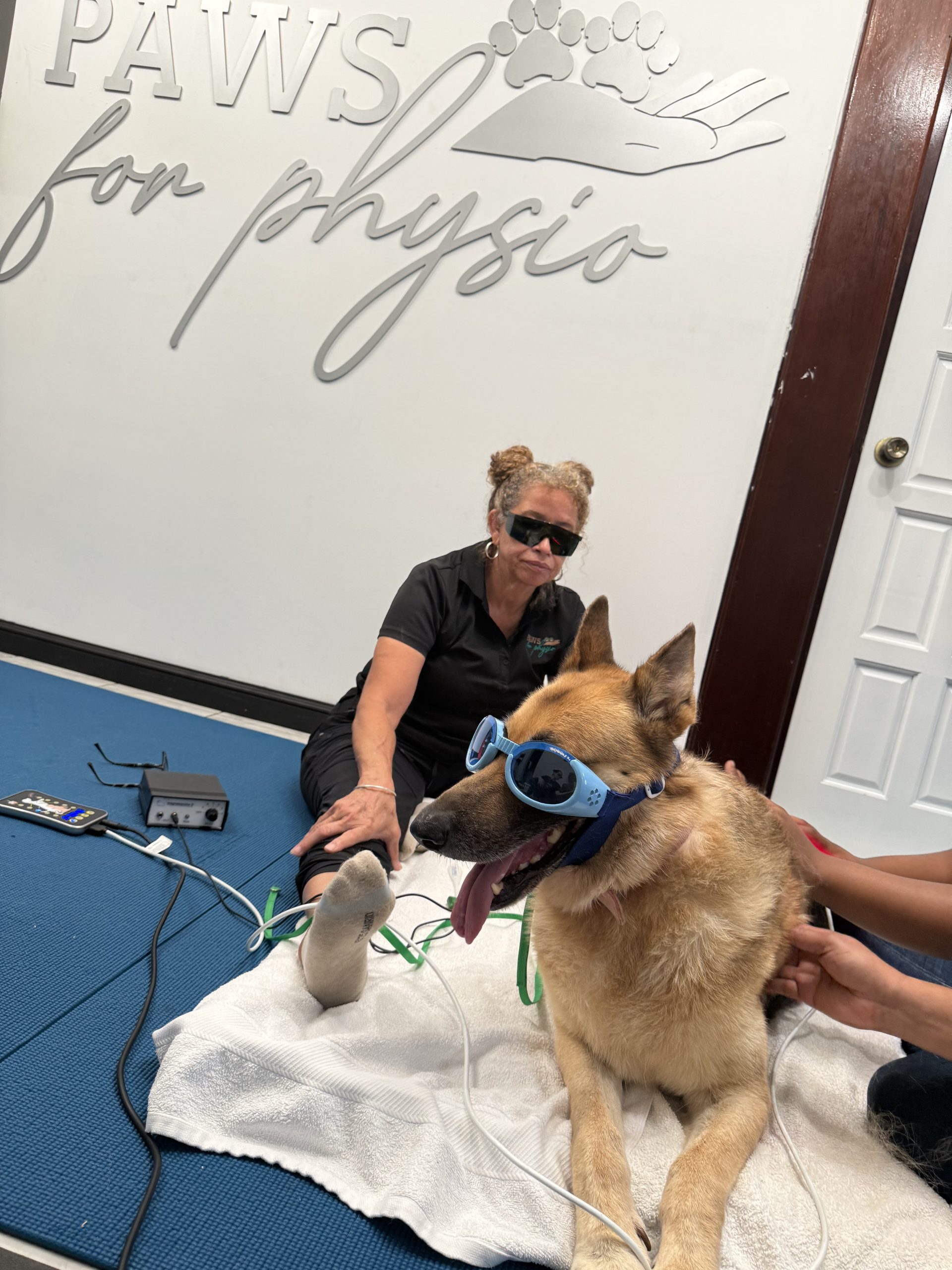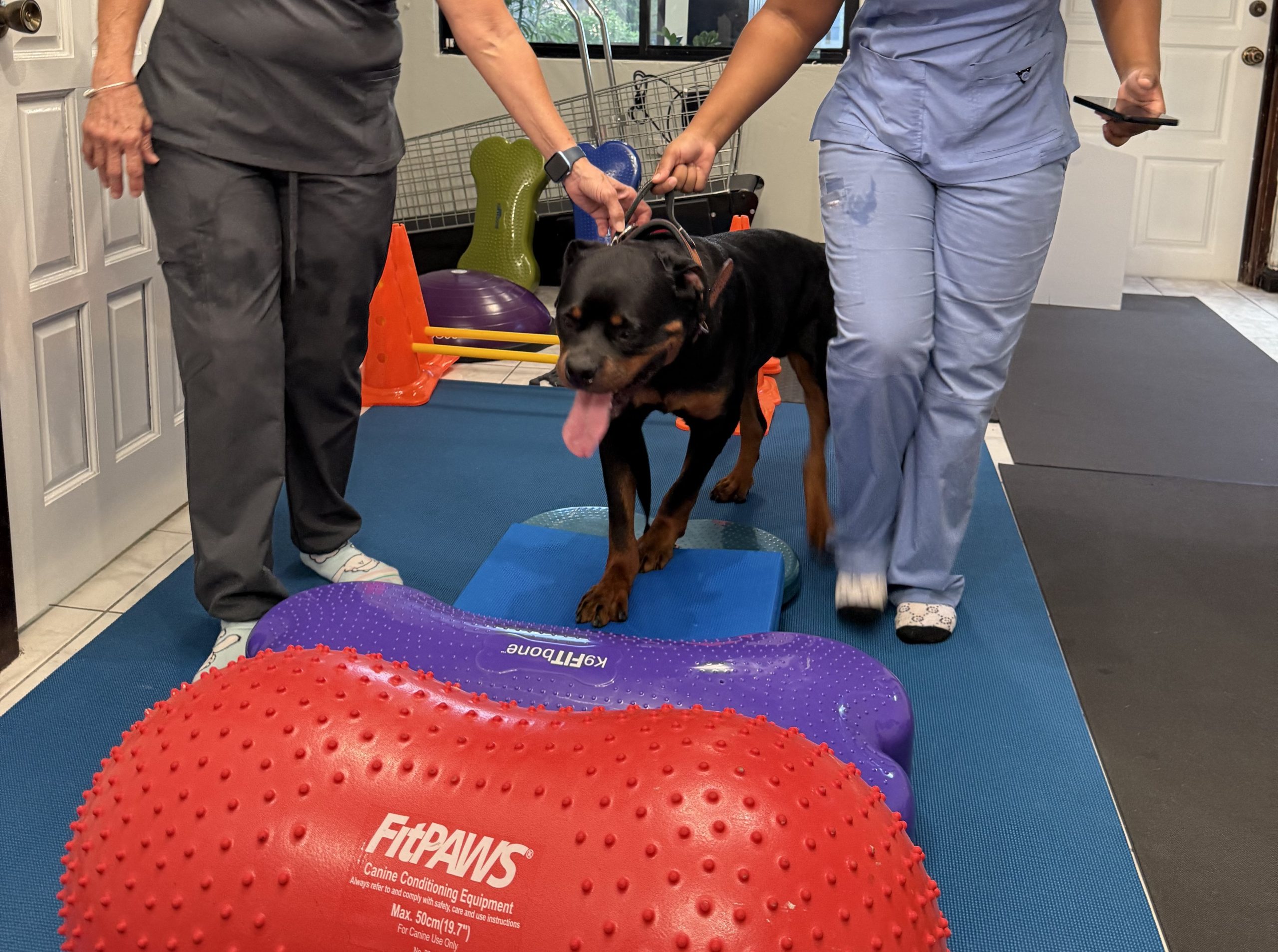As pet parents, it can be heartbreaking to realize your pet is in pain, especially when they can’t say what hurts. Unlike humans, pets rely entirely on us to recognize their discomfort. Physiotherapy, while commonly associated with human treatment, has become a powerful healing tool for pets too. It helps reduce pain, restore mobility, and improves the quality of life for animals recovering from injury, struggling with disabilities, or dealing with age-related issues.
Recognizing the Need for Therapy
Many pet owners overlook subtle signs that their pet might be in pain or having trouble moving. But by staying observant, you can catch these signs early and get your pet the help they need. Some common signs include:
- Changes in movement such as limping, stiffness, or trouble sitting, standing, or walking.
- Excessive licking or biting which is often a response to discomfort in a specific area.
- Whimpering or moaning which is how pets may vocalize pain in subtle or obvious ways.
- Lower activity levels where you may notice your pet may stop jumping, playing, or moving around as much.
- Slow recovery from injuries or surgeries. If your pet isn’t bouncing back, therapy may help.
Physiotherapy is especially beneficial for pets who have experienced accidents, partial paralysis, or loss of mobility. Even if full function isn’t possible, the strengthening of muscles and improved flexibility can give them a renewed sense of freedom and ease.
Where Can I Get Physiotherapy for My Pet in Jamaica?
While some veterinarians provide basic physical therapy services, Paws for Physio is a local business dedicated to physical rehabilitation for dogs. Their practice focuses solely on improving the physical wellbeing of pets through modern therapy techniques that help them regain strength and movement.
They offer a range of therapeutic treatments designed to support healing, manage pain, and improve mobility in pets. These include laser therapy, a non-invasive method that reduces inflammation and speeds up recovery; underwater treadmill therapy, which uses water to ease pressure on joints during exercise; and pulsed electromagnetic field (PEMF) therapy, which promotes healing at a cellular level. Aquatic therapy helps to build strength and improve movement using water resistance, while manual therapy involves hands-on techniques like massage and joint manipulation to relieve discomfort and restore function.

Dr. Frankson and a pet in a lasor therapy session
Helping Your Pet Live Their Best Life
Physiotherapy is more than just treatment, it’s a second chance for many pets. Whether they’re recovering from an accident, surgery, or dealing with aging, the right therapy plan can bring back their energy and independence. If your pet is showing any signs of discomfort or difficulty moving, don’t wait. Reach out to a veterinary physiotherapist and explore the options that can help your pet heal, grow stronger, and enjoy life again.

